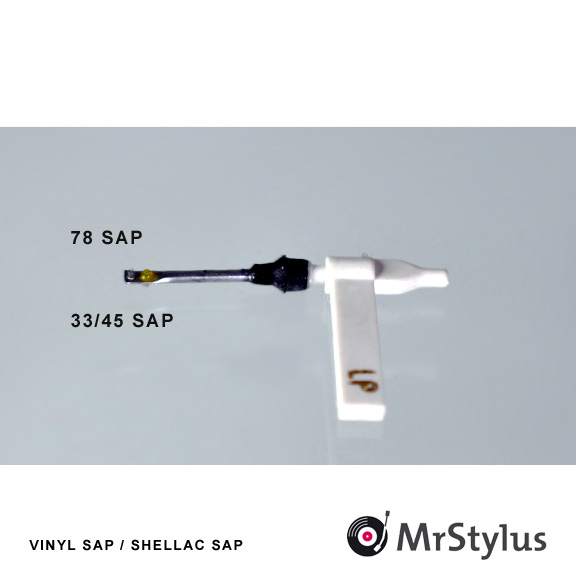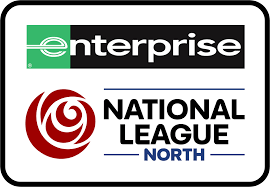The Significance of PL in Modern Business Strategies

Introduction
In the ever-evolving landscape of business, the term ‘PL’ or ‘Private Label’ has gained substantial relevance.
Private label products, which are manufactured by one company for sale under another company’s brand, have become a strategic tool for many retailers. Their importance lies in their ability to offer businesses greater control over branding, pricing, and product differentiation in a highly competitive marketplace.
Recent Trends in Private Label Products
According to a report by Nielsen, private label products accounted for 18% of the total retail sales in the UK in 2022, reflecting a steady increase from previous years. Supermarkets such as Tesco and Sainsbury’s have substantially expanded their private label ranges, tapping into consumer demand for cost-effective yet quality alternatives to national brands. This trend has accelerated particularly during the pandemic, as shoppers sought value amid economic uncertainty.
Furthermore, a recent survey conducted by Mintel revealed that around 60% of consumers in the UK express a preference for private label products over branded items due to perceived quality and price benefits. In response, retailers are enhancing their PL offerings to include premium and organic ranges, catering to more discerning consumers.
Challenges and Opportunities
While the rise of private labels presents numerous opportunities for retailers, it is not without challenges. Ensuring consistent quality, managing supply chain logistics, and effectively marketing these products are critical areas that require strategic focus. Retailers must also navigate consumer perceptions and maintain trust in their private label offerings.
Additionally, the competition among brands is intensifying, prompting national brands to innovate and improve their value propositions to maintain their market share. This situation presents an opportunity for collaborations and partnerships between retailers and manufacturers, fostering innovation and consumer engagement.
Conclusion
The private label segment is poised for continued growth as consumers prioritise value and quality amidst changing economic conditions. For retailers, investing in private label products not only serves to enhance their competitive edge but also aligns with consumer preferences shifting towards affordable, high-quality options.
As shopping habits evolve, understanding and capitalising on the dynamics of PL will be crucial for businesses aiming to thrive in the competitive retail landscape. Stakeholders must remain agile, continuously adapting to consumer needs and market trends to leverage the full potential of private label strategies going forward.








